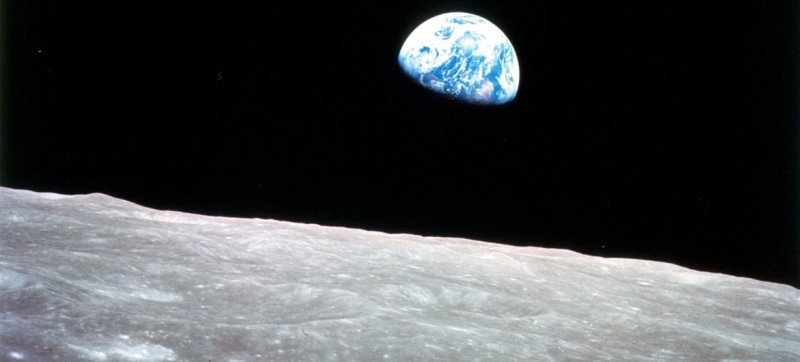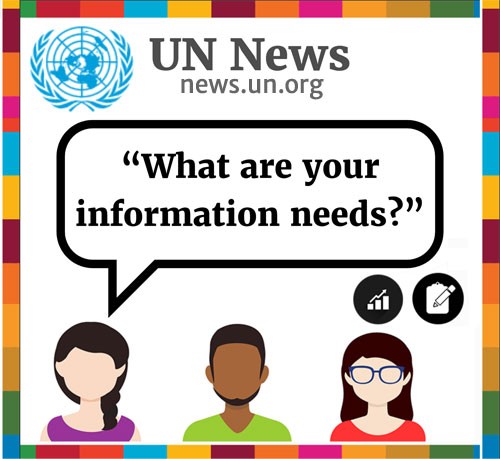
NASA Apollo 8, the first manned mission to the moon, entered lunar orbit on Christmas Eve on December 24th, 1968.
For millennia, civilisations have looked up to the sky pondering the origin and mysteries of the Moon.
Ground-based observations enabled by the invention of the first telescopes opened a new chapter in understanding Earth’s celestial companion, and for humankind itself.
‘One small step’
Following the birth of space exploration nearly 70 years ago, the Moon quickly became the ultimate destination for countless scientific missions, including several crewed flights that culminated in that celebrated first Moon landing, in 1969.
The UN General Assembly declared 20 July International Moon Day to honour both the anniversary of the Apollo 11 landing and raise public awareness regarding the commitment to sustainable lunar exploration on the part of national and international space programmes worldwide.
Soundcloud
Reaching for the stars
Recognizing the common interest of humankind in outer space, the General Assembly adopted its first resolution related to outer space in December 1958, entitled Question of the Peaceful Use of Outer Space, declaring outer space should be reserved for strictly peaceful purposes.
In October 1967, the UN Treaty on Principles Governing the Activities of States in the Exploration and Use of Outer Space, including the Moon and Other Celestial Bodies, also entered into force.
Among other stipulations, the treaty – seen by many as the “Magna Carta of space” – forbids States from placing weapons of mass destruction on any satellite or celestial body, or from enforcing claims of national sovereignty in outer space.
Today, the UN Office for Outer Space Affairs (UNOOSA) is responsible for promoting international cooperation in the peaceful utilization of outer space.
UNOOSA serves as the Secretariat for the General Assembly’s only committee dealing exclusively with international cooperation in the peaceful uses of space: through the Committee on the Peaceful Uses of Outer Space (COPUOS).
A new era of engagement
Many national space agencies and corporate entities have begun to recognize the economic potential of lunar exploration, particularly regarding the establishment of radiocommunications technologies on the moon.
Tweet URL
In 2021, the UN’s International Telecommunication Union (ITU) established the Space Frequency Coordination Group (SFCG) to coordinate a multinational effort focusing on space research, space operations, and radioastronomy in addition to Earth exploration, meteorological, radionavigation, and inter-satellite technologies.
“Peaceful relations and orderly international cooperation over space radiocommunication allocations are essential, whether for multinational or commercial missions,” said the ITU.
International effort
The United States space agency, NASA, has also led a separate multinational coalition called the Artemis program that draws on the UN’s 1967 outer space treaty to establish a “sustainable and robust” presence on the moon, the ITU highlights.
“Peaceful relations and orderly international cooperation over space radiocommunication allocations are essential, whether for multinational or commercial missions,” said Cathy Sham, who heads the ITU expert group for space radiocommunication applications, discussing NASA’s Artemis programme.
“NASA and its fellow space agencies envisage continued research to improve human lives and satisfy the human quest for knowledge of our universe. The exploration missions that support such research would not be possible without ITU’s work,” she said.
UNOOSA has identified numerous ways in which these international space exploration programs can help meet UN Sustainable Development Goals.

2023 UN News User Survey
Thank you in advance for agreeing to participate in our survey so we can improve and tailor our products to your needs. The survey will take no more than 4 minutes to complete.

